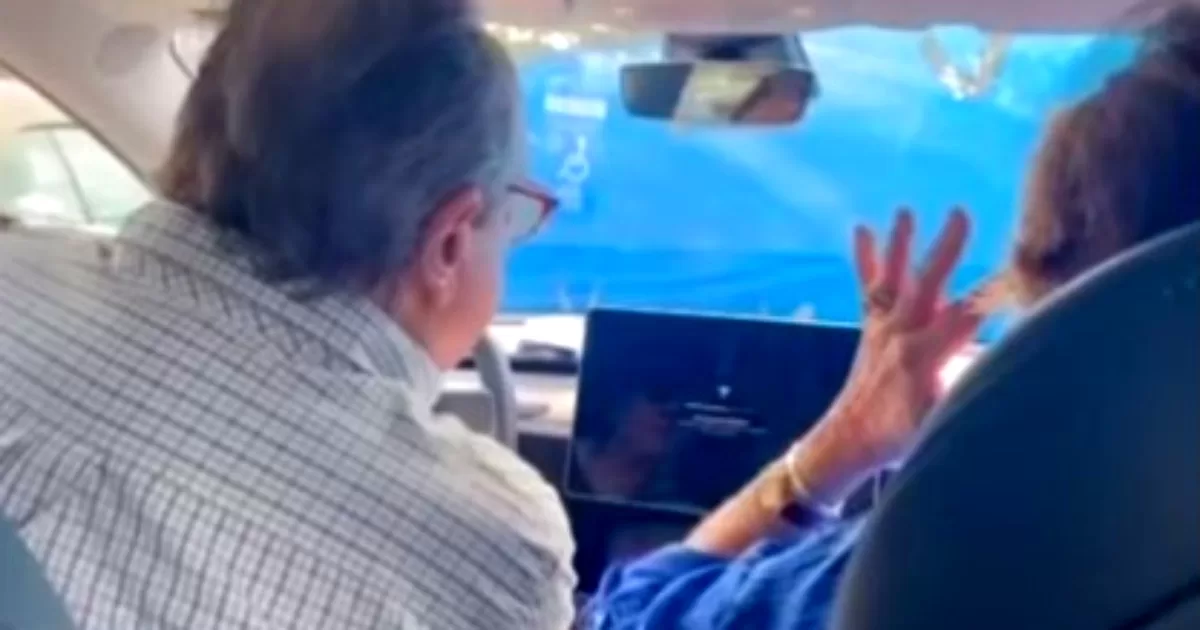DKMS non-profit GmbH
Dresden (ots)
It was a creative idea that still points to the future today: ten years ago that turned things around DKMS Life Science Lab first time with the Next Generation Sequencing (NGS) a particularly powerful technology from research on the typing of potential stem cell donors. Eight times as many stem cell donors and thus potential lifesavers could be typed overnight in the Dresden laboratory than before. Today it is up to 1.3 million per year, making the DKMS Life Science Lab the world’s leading HLA typing laboratory.
In the middle of Dresden’s city center there is a “treasure trove of life”: In the basement of the DKMS Life Science Lab, behind the thick vault doors of the former Bundesbank, are the cheek swab samples from more than 11.5 million potential stem cell donors. They have all voluntarily agreed to one day donate stem cells to someone with blood cancer.
Blood cancer can affect anyone: around 1.2 million people worldwide develop it every year. For many of them, a stem cell transplant is their only hope of survival. To do this, they need a suitable stem cell donor whose tissue characteristics (HLA characteristics) match their own. So that such a genetic twin can be found at all, there are stem cell donor files such as the non-profit organization DKMS. There can be under www.dkms.de Register helpful volunteers in order to then be available for the global search for suitable donors.
But how do you find out who is the right donor for a patient? This is where the DKMS Life Science Lab, a non-profit subsidiary of DKMS, comes into play. Anyone wishing to register as a voluntary stem cell donor will receive a typing set with medical sticks from the DKMS. After a simple swab of the inside of the cheek, the swabs are sent to the laboratory in Dresden using a pre-paid envelope. There, the sample is examined for its HLA characteristics and some other markers.
More capacities, more second chances in life
Up to 7,000 such cheek swab samples arrive at the DKMS Life Science Lab every day. “The amount of samples that can be processed here every day is enormous”says Dr. Alexander SchmidtGlobal CMO of DKMS and CEO of the DKMS Life Science Lab. “This outstanding performance creates the capacity for us as DKMS to achieve our goals: by 2030 we want around 20 million potential donors to be registered with us – so that we can enable even more second chances in life in the future.”
The DKMS laboratory owes its outstanding performance above all to an innovation that ten years ago Chief Technology Officer dr Vincent Long got off the ground: the introduction of Next Generation Sequencing (NGS) for HLA typing. NGS is a DNA sequencing technology that until then had primarily been used to analyze whole genomes. The technology allows reading information from millions of random DNA fragments simultaneously. By using molecular “barcodes”, the technology could be adapted for the targeted analysis of HLA characteristics in many samples. It is now possible to sequence more than 15,000 donors within 48 hours in ultra-high throughput.
The introduction of NGS immediately increased the typing capacity from 100,000 to around 800,000 stem cell donors per year. To date, around 10 million potential donors have already been typed using this method. With each and every one of them, the chance for blood cancer patients worldwide to find their lifesaver increased.
Higher typing quality, more accuracy in donor selection
And the method has another advantage: “Today we can analyze significantly more genetic markers”, explains Dr. Longing. For example, before NGS there were only twelve HLA characteristics, today there are 24. “Thanks to the comprehensive typing profile, the ideal donor can now be found directly in a search. There are no longer any gaps that would have to be closed with time-consuming post-typing before the final decision is made.”, adds Dr. added long. “The donor selection optimized in this way is an important contribution to a successful transplantation and helps to improve the patient’s chances of survival and recovery.”
The goal: 200,000 second chances in life in 2030
Since the DKMS was founded more than 30 years ago, more than 105,000 patients have received a DKMS stem cell donation. “Without the creativity, courage and pioneering spirit of our Dresden colleagues in the DKMS Life Science Lab, help on this large scale would not have been possible”, emphasizes Dr. Schmidt. By 2030, according to the goal of the non-profit organization, there should be 200,000 second chances in life worldwide. “We do not stand still and continue to continuously optimize our methods and processes in order to support DKMS in its mission in the best possible way”, promises Dr. Longing.
You too can help!
Become a stem cell donor and register at www.dkms.de.
Would you like to learn more about the “path of the cotton swab” in the DKMS Life Science Lab? Here you will find a film that explains the individual steps of typing in detail.
All further information and downloads can be found in our DKMS Media Center /news/dresden-innovation/
Press contact:
Communication
DKMS gGmbH
0221 – 94 05 82 3311
[email protected]
Original content from: DKMS non-profit GmbH, transmitted by news aktuell

